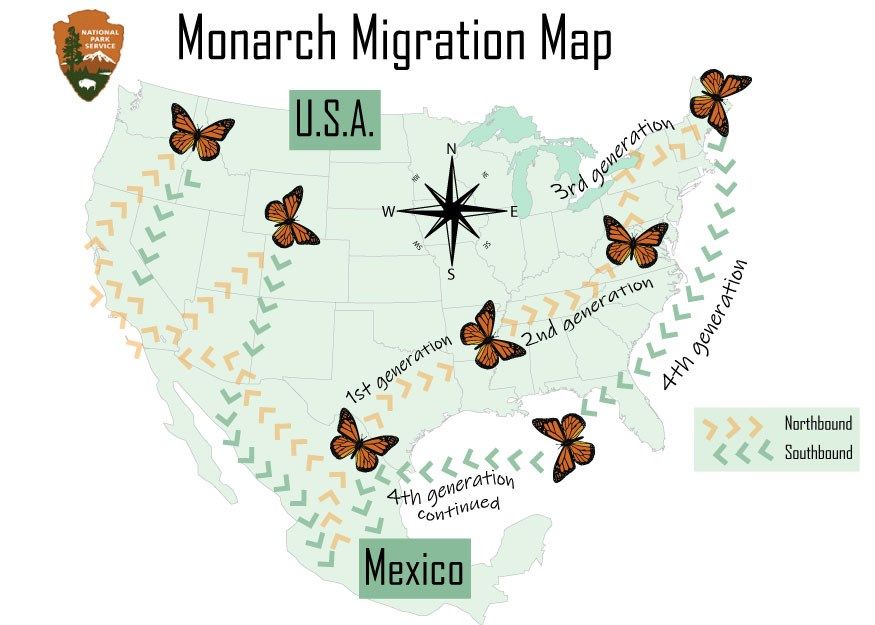While the migrating monarch butterfly population is still down 80% over the last 30 years, it’s estimated there are nearly 100,000 more of the winged critters in California right now compared to their numbers in last year’s annual trek.
It’s that time of year when parts of the Bay Area will see migrating monarch butterflies as the beautiful bugs' November journey from the Pacific Northwest hits the California coast, and then they head inland. But there have been far fewer of them in recent years, as a population that once numbered in the millions dwindled down to only about 2,000 in 2020. But 2021 saw a gigantic increase as the enthusiasts who monitor the population counted nearly 250,000 of them, and now KPIX reports the monarch butterfly population has increased again, with this year’s count estimated at around 330,000.
"I think we can all celebrate," Xerces Society conservation biologist Emma Pelton tells KPIX. (The Xerces Society describes itself as “nonprofit organization that protects the natural world through the conservation of invertebrates and their habitat.”) "It's a sign we have a second chance."
While their population decline is not entirely understood (and historically, even 330,000 is a low count) invertebrate lovers suspect the loss of milkweed habitats has much to do with their decline. That’s of course tied in to climate change, but pesticides and the spread of human housing into their habitats may also be a factor.

The map above from the National Park Service shows these butterflies’ multiple-thousand mile trek (which is completed by several successive generations of butterflies, they only live four to five weeks). But it also gives a clue into why we may be seeing a population rebound. There may be some cross-mating in Mexico between the eastern and western populations of monarch butterflies. But again, this is a theory, and these mysterious, beautiful critters are not well understood.
And this winter’s storms may impact their population too. The 330,000 figure was from an annual Thanksgiving count, another count in March may show lower numbers.
"Because the storms were so intense and so back-to-back this year, it seems reasonable to assume that there might be increased mortality this winter, leading to a smaller population that'll kick off the breeding season this next spring and summer," Pelton tells KPIX.
Related: Monarch Butterfly Population Sees Thousand-Fold Increase, Likely Thanks to Drought [SFist]
Image: Erin Minuskin via Unsplash

